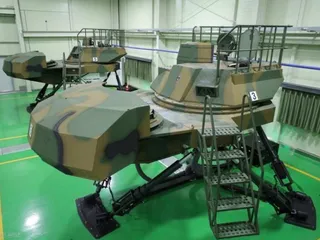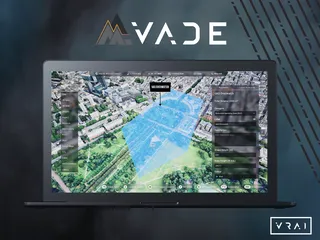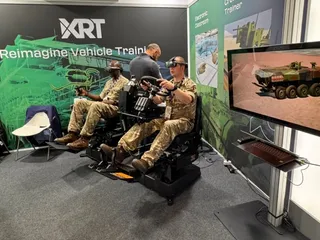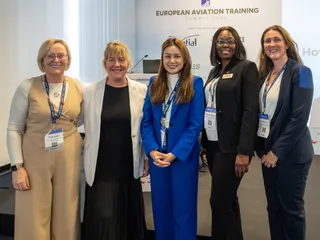South Korean K1 MBT Tactical Simulation Training Systems Upgraded
Contact Our Team
For more information about how Halldale can add value to your marketing and promotional campaigns or to discuss event exhibitor and sponsorship opportunities, contact our team to find out more
The Americas -
holly.foster@halldale.com
Rest of World -
jeremy@halldale.com

South Korea’s Defence Acquisition Program Administration (DAPA) announced earlier this month the completion of performance improvements to the K1 MBT’s Tank Multi-Purpose Simulators (TMPS).
The upgraded simulators will be used for training of K1, K1E1, K1A1 and K1A2 MBT tank crew with the Republic of Korea Army and the Marine Corps.
The existing tactical simulation training systems for South Korean K1 series MBTs have been in service since 2010 and needed to be modernized due to differences in the systems on newer tanks and the legacy simulation training system.
“This performance improvement of the K1 series tank Tactical Simulation Training System will enable systematic training in an operational environment similar to real combat, which is expected to greatly contribute to improving the crew’s mission performance capabilities,” Senior Civil Servant Park Jeong-eun, DAPA’s Basic Power Business Support Division Director said in a release.
As part of the DAPA-led upgrade effort, the simulation training systems have been modernized with the replacement of their ageing computer hardware, with the incorporation of the latest Windows operating system. As per DAPA, this has decreased the initial system boot time from 15 minutes to 1 minute. The training experience is now also more immersive due to the use of mock sights that are now identical to those of on operational K1 series MBTs.
All the programmes and components related to the main gun firing function have also been replaced to accommodate the change in main gun caliber from 105mm to 120mm, allowing for more realistic training.


